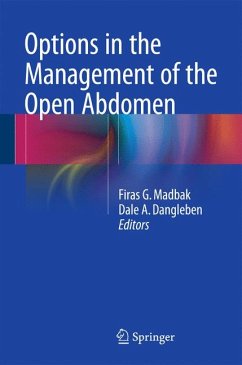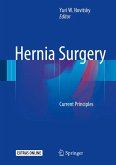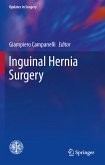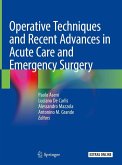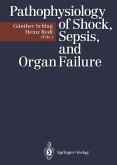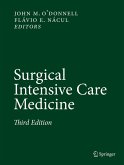One of the more unique aspects of this textbook is its detailed "How to" approach for the wide variety of techniques utilized in the management of the open abdomen. While there may be no consensus as to what constitutes the optimal management of the open abdomen, this book articulates a number of options and their advantages. Most importantly, it provides high quality photographs that enhance the step by step "How to" approach of the text. More recent developments including using biologic mesh, implementing complex abdominal wall reconstruction and utilizing minimally invasive endoscopic techniques are described. This book is not only appropriate for all practicing surgeons that deal with this complex issue, but is also relevant for residents and fellows who are just getting their first exposure to open abdomens.
Dieser Download kann aus rechtlichen Gründen nur mit Rechnungsadresse in A, B, BG, CY, CZ, D, DK, EW, E, FIN, F, GR, HR, H, IRL, I, LT, L, LR, M, NL, PL, P, R, S, SLO, SK ausgeliefert werden.
"This small monograph provides an overview of the history and available techniques for managing patients without immediate abdominal closure after a variety of surgical problems including trauma, vascular catastrophes, or acute intestinal failure. ... The audience includes surgeons at all levels of training. ... This quick overview cites much of the important literature reflecting the evolution in surgical care for an important problem in acute care surgery." (David J. Dries, Doody's Book Reviews, March, 2015)

